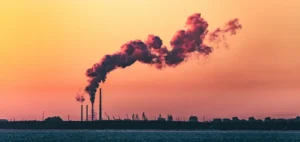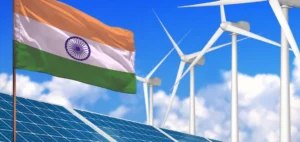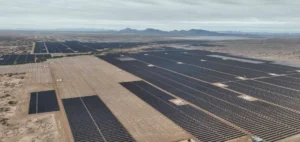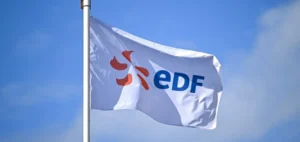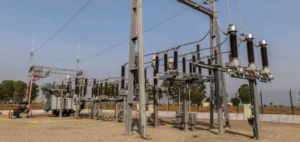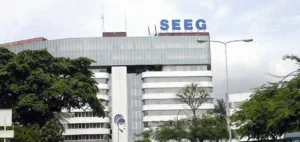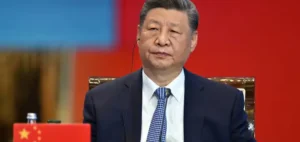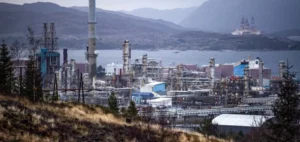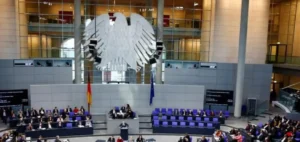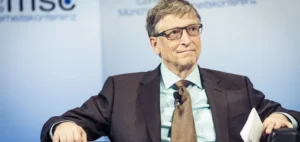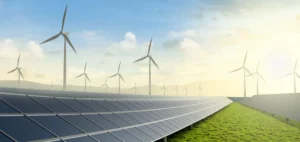Global renewable energy capacity is expected to grow by 11% in 2025, reaching 793 gigawatts (GW), marking another record year for the sector. This growth follows an upward trend that began in 2022, driven primarily by photovoltaic solar and wind projects in China.
China leads global solar and wind additions
According to deployment data collected through September, solar installations are set to grow by 9% in 2025, while wind is expected to rise by 21%. In absolute terms, solar will account for the bulk of the expansion, although wind delivers more electricity per installed unit. China is projected to be the dominant contributor, accounting for 66% of global solar additions and 69% of wind capacity growth.
This strong pace has already exceeded initial growth targets. To achieve a global tripling of capacity by 2030, an average annual increase of 21% from 2023 to 2030 was required. With the sector having already grown by an average of 29% per year between 2023 and 2025, future additions only need to rise by 12% annually for the remainder of the period.
National targets out of step with market momentum
Despite industrial momentum, national commitments remain limited. Current government targets aim only for a doubling of capacity by 2030. Since 2022, the total of global national targets has increased by just 8%, reaching 7,793 GW. This rise is mainly due to China updating its ambition under its 2025 Nationally Determined Contribution (NDC), while the assumed target for the United States has declined.
Updated forecasts from the International Energy Agency (IEA) indicate a 15% gap between projected capacity and the levels needed to reach the tripling target. However, the shortfall in electricity generation is estimated at 28%, due to an underrepresentation of higher-yield technologies like wind and hydropower in the new installed capacity.
Political signals misaligned with deployment acceleration
With less than five years to go until the 2030 deadline, the gap between market dynamics and political intent complicates medium-term energy planning. Official targets guide network operators, investors and industry players. Their current underestimation makes it more difficult to coordinate infrastructure and resources required to integrate additional capacity.
While deployment levels are rising faster than anticipated, the lack of alignment between political ambition and on-the-ground activity introduces uncertainty around the next phase of the global energy system’s transformation.





